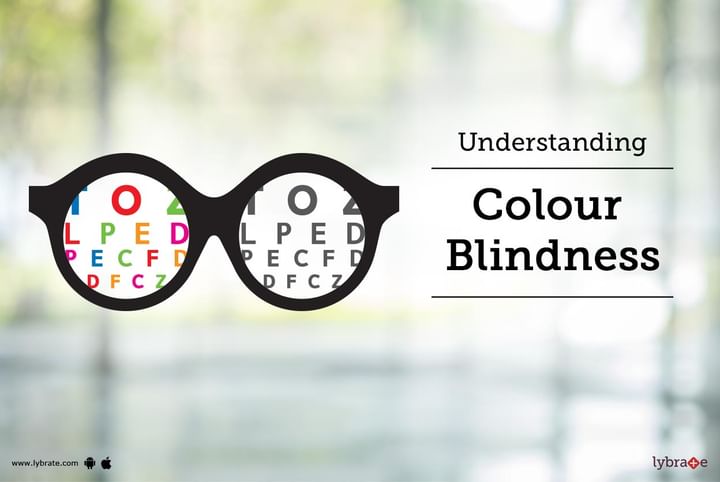Understanding Colour Blindness
Colour blindness is not a type of blindness at all; it is an insufficiency in the way some people see colour. Once afflicted by this vision problem, people face difficulty in distinguishing specific colours like red, green, blue or yellow. So to call it colour vision deficiency would be much appropriate, and it hits men more often than women. In a report by Prevent Blindness America, it is revealed that about 8% of males and less than 1% of females are affected with colour vision problems. Generally, red and green colour deficiency is the most commonly found. In very rare instances, a person may carry a trait which lessens his ability to distinguish between blue and yellow colours. This blue-yellow hue insufficiency normally is found in men and women equally.
Understanding signs and symptoms: Do you have any difficulty in seeing yellow, green or red colours? Do people often tell you that you are seeing the wrong colour? If so, then these are key signs that you are affected with a colour perception deficiency. Quite opposite to popular belief, hardly a colour blind person is able to see only the shades of gray. Most people who are deemed as colour blind are able to see shades but cannot distinguish between one colour and another and get easily confused with other shades, depending on the kind of colour blindness they are affected with. If you have suddenly developed a colour vision deficiency when you were able to view and distinguish all the shades previously, then you should visit an ophthalmologist without further delay.
Causes behind colour blindness: Colour blindness takes place when the light-sensitive cells within the retina stop responding accurately to variations in wavelengths of light.
Photoreceptors present in the retina are termed as rods and cones. Rods are present abundantly, and about 100 million rod cells are present in human retina and these cells are very sensitive to light, but rods are impervious to sunlight and therefore, are incapable of perceiving colours. The cones, on the other hand, are responsible for our understanding of different colours. There are three types of cones, each of which is responsible for perceiving red, green and blue light. The three cones work together to help us see the whole range of colours. People who are colour blind usually have faults in a particular cone cell, which makes them unable to distinguish that particular shade.
Combatting colour blindness: Gene therapies are reported to cure colour blindness in monkeys, as per the reports of a study conducted by researchers of the University of Washington and Florida in September 2009. While early methods appear promising, gene therapy is not considered effective for human beings unless the treatments are verified to be safe.
Hence there is no effective means of curing colour blindness, but there are some strategies that may aid you to function better. However, if you are into graphic designing or anything that requires handling of different colours, then you will need professional help. The sooner you become aware of your insufficiency, the better you can compensate for it.
Some people also use contact lenses or eyeglasses that act as filters to enhance colour perception. If you are affected by this problem, make sure you visit an eye-care practitioner for detailed advice.



+1.svg)
